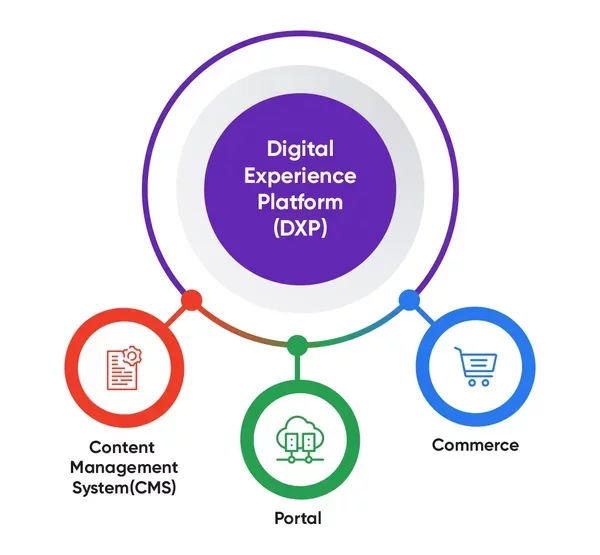The DXP system is an extension of the CMS with content personalization functions for a consistent user experience. It is important that the content management functions are also scalable and efficient for large and complex sites, supporting business growth. The greater the level of complexity, the greater the benefits of personalizing content on the site.
- User Experience (Customer Experience), i.e., the entire experience of buying goods or using the services of an enterprise. These include the website, e-commerce, apps, emails, BOK.
- Marketing processes, i.e. purchasing, claims, self-service, onboarding, registration.
- Central content registries, i.e. Content Management System (CMS), Product Information System (PIM), Digital Asset Management (DAM).




